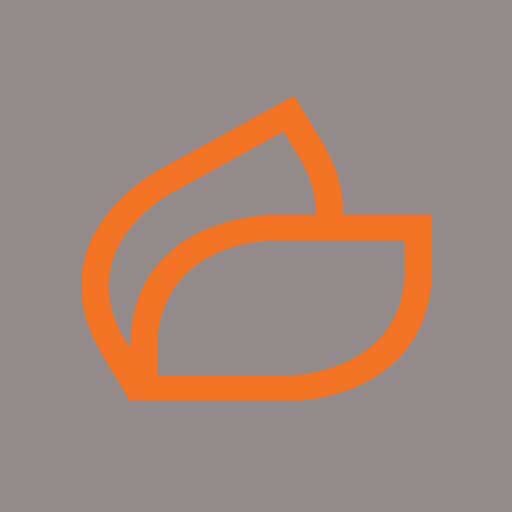
Anyone can get calf muscle pain. It’s more common in athletes and people who exercise and put excess stress on their calf muscles. People over age 65 are also at a higher risk of lower leg pain due to muscle weakness, certain health conditions or if they’ve been inactive.
Often, leg pain is misdiagnosed as simply muscle aches or arthritis. The reality is leg pain and cramps may be signs of a more serious underlying disease.
Calf Muscle:
The calf muscle, on the back of the lower leg, is actually made up of two muscles: The gastrocnemius and soleus muscles taper and merge at the base of the calf muscle. Tough connective tissue at the bottom of the calf muscle merges with the Achilles tendon.
Calf Pain:
Calf pain varies from person to person, but it typically feels like a dull, aching, or sharp pain, sometimes with tightness, in the back of the lower leg. Calf pain can result from a number of causes, including overworking the muscle, cramps, and foot.
While injury to any of these may produce calf pain, conditions that affect the blood vessels, nerves, or tissues that envelop your calf muscles may do so as well. There are a variety of possible diagnoses, from muscle strain or rupture to a blood clot, and your doctor will want to know the specifics of your discomfort—like the quality (e.g., sharp, cramping) and intensity (e.g., mild versus severe)—to start getting to the bottom of why you have calf pain.
In the end, your treatment plan will depend on your underlying diagnosis, but addressing calf pain often entails therapies like rest, ice, and anti-inflammatory medication, phlebectomy etc.
Causes:
While most causes of calf pain are short-lived and benign, especially muscle-related diagnoses, there are some potentially serious ones, like a blood clot or claudication.
Calf Muscle Cramp:
A calf muscle spasm or cramp refers to an involuntary contraction of one or more calf muscles. Muscle cramps in the calf are intensely painful and render non-activity for a while.
Calf Muscle Strain:
Calf muscle strain, and more specifically a medial gastrocnemius strain, is the most common cause of acute onset calf pain. The pain of a calf strain is often described as a sudden sharp or tearing sensation. If severe, swelling and bruising may also occur.
Nerve Entrapment:
An enlarged or swollen calf can place pressure on nerves, causing symptoms like numbness, tingling, and/or sharp pain. The two nerve entrapments that most commonly cause calf pain are the sural nerve and the peroneal nerve entrapment. Rarely, a severe peroneal nerve entrapment leads to muscle weakness and foot drop.
Phlebitis:
Phlebitis (fle-BYE-tis) means inflammation of a vein. Thrombophlebitis is due to one or more blood clots in a vein that cause inflammation. Thrombophlebitis usually occurs in leg veins, but it may occur in an arm. The thrombus in the vein causes pain and irritation and may block blood flow in the veins.
Phlebectomy (also known as microphlebectomy, ambulatory phlebectomy, or stab avulsion) is a technique to remove varicose veins. In this procedure, several tiny cuts (incisions) are made in the skin through which the varicose vein is removed. But there are several side effects of phlebectomy including bruising, raised red areas, small skin sores, darkened skin that appears as lines or spots, and the appearance of tiny red blood vessels.
Leg Peripheral Arterial Disease:
Claudication from lower-leg peripheral artery disease—when there is reduced blood flow in the arteries of the lower legs—causes pain in the buttock, hip, thigh, calf, and/or foot upon walking a certain distance. The pain resolves with rest within 10 minutes.
Claudication pain in the calf is usually described as cramping and results from the narrowing of the artery in the mid-thigh or the knee.


Leave a Reply